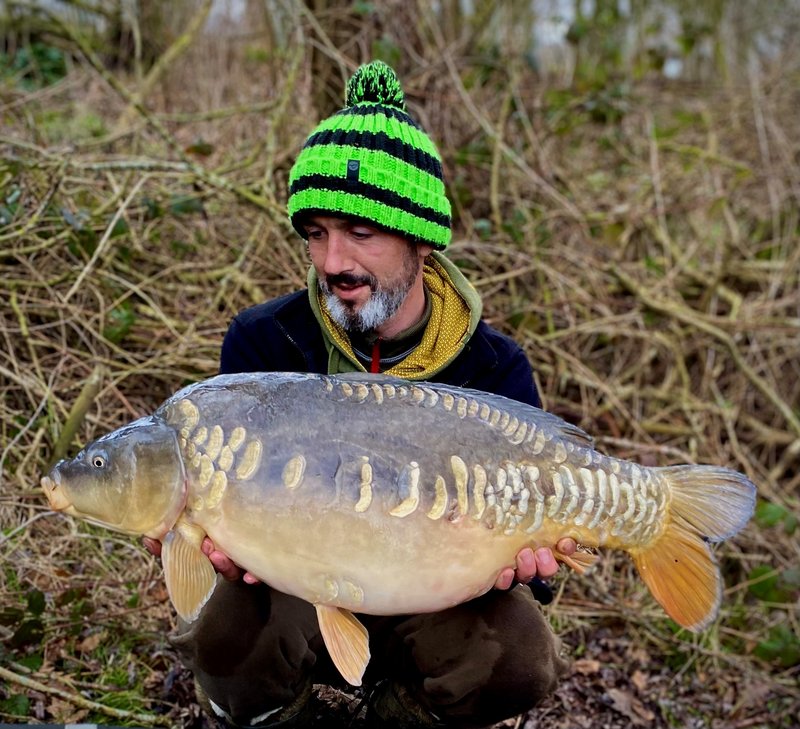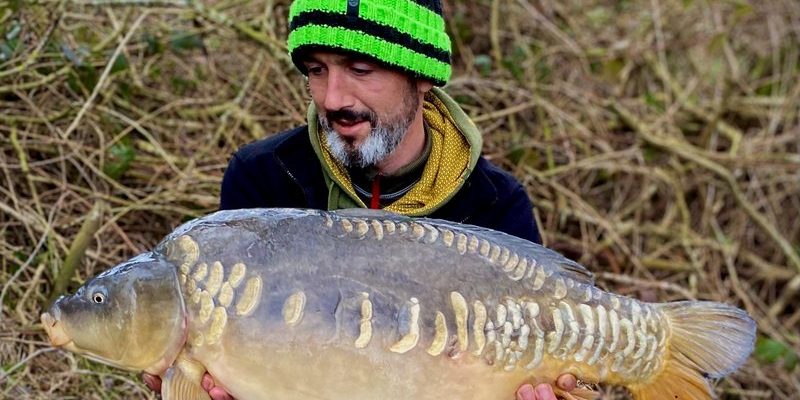
Winterizing isn’t just about tossing a cover on your pond and calling it a day. There’s a bit more to it. You’ll want to ensure your fish are healthy, your water is properly managed, and your equipment is ready for the frosty conditions. Don’t worry if this sounds overwhelming; let’s break it down together like we’re having a chat over coffee.
Understanding Your Carp Pond’s Needs
Before you dive into winterization, it’s essential to know what your carp pond requires as temperatures drop. Carp, especially Koi, are pretty resilient but still need a comfortable environment to thrive. As water temperatures cool, their metabolism slows down, meaning they eat less and become less active. This means you might notice them hanging out near the bottom of the pond where it’s warmer.
It’s also crucial to check the condition of your water. Testing for pH levels, ammonia, and nitrite is just as important now as it is in the summer. Ideally, you’ll want your pH levels to hover around 7.0 to 8.0. A quick test kit can help you monitor these levels. Keeping the water clean and clear of debris will make a big difference as winter settles in; dirty water can lead to toxic build-ups, which is the last thing you want for your fish.
Cleaning Your Pond Thoroughly
Just like you wouldn’t put away your summer clothes without a good wash, cleaning your pond is a crucial step before winter hits. Start by removing leaves, twigs, and other debris from the surface and bottom of the pond. If these materials decompose, they can release harmful toxins into the water, which can stress your carp.
Use a pond vacuum or a net to scoop out the muck, and don’t forget about the filter. Clean or replace the filter media as needed since a clogged filter can cause issues once the water temperature drops. If necessary, you might want to do a partial water change (about 10-20%) to refresh the pond water. Just remember, don’t go overboard; too much change can stress the fish.
Managing Your Pond’s Temperature
Keeping your pond at a stable temperature is vital for your carp’s health during winter. As the water cools, you might want to consider adding a pond heater or de-icer. These devices help maintain an open area on the surface to ensure proper gas exchange, preventing harmful gases from building up as ice forms.
You don’t need to crank the heater up like a sauna; just a few degrees above freezing can be enough. Additionally, consider using a pond cover if you live in an area with heavy snowfall, as it can help retain some heat while keeping debris out.
Feeding Your Carp Wisely
As winter approaches, your carp’s dietary needs will change. During colder months, their metabolism slows dramatically, so they won’t need as much food. This might seem counterintuitive, but here’s the thing: overfeeding can lead to excess waste, which can decay and harm water quality.
Switch to a high-quality winter blend of fish food that’s low in protein. Many brands offer options specifically designed for colder temperatures, which are easier for your fish to digest. Feeding frequency should also decrease; once or twice a week is usually enough. Just toss a small amount of food and watch your fish. If they’re not eating, it’s time to pull back.
Protecting Your Equipment
Don’t forget about your pond’s equipment when preparing for winter! This includes pumps, filters, and any decorative features like fountains or waterfalls. First, unplug and clean all equipment. Leftover water can freeze and expand, causing damage.
For submersible pumps, you might want to bring them inside if the manufacturer suggests it. If your pond setup allows for it, consider lowering the water level to just above the pump intake. This can prevent ice formation around the pump and reduce the risk of damage. Just remember to check for any debris that may need clearing out first.
Monitoring Your Pond Throughout Winter
Winterizing isn’t a one-time event; it’s an ongoing process. Once you’ve done all the prep work, keep an eye on your pond throughout the winter months. Regularly check the ice thickness if it forms. If it’s safe to do so, you can carefully remove snow to let sunlight reach the water.
Keep an eye on your fish too. If they seem lethargic or are staying at the bottom more than usual, it could be a sign of water quality issues. If you see any signs of stress, consider taking steps to remediate the situation, like a partial water change or consulting a pond professional.
Emotional Care for Your Carp
Lastly, let’s not forget that your carp are living creatures that deserve care and attention. During winter, it’s easy to forget about them as they hibernate, but they still need your support. Spend a few minutes observing them; it can be rewarding.
Building a routine for monitoring and caring for your pond can make winter a little brighter. Your effort ensures that when spring rolls around, your pond is ready to burst back to life.
In conclusion, winterizing a carp pond requires careful planning and attention to detail. By keeping your pond clean, managing temperature, adjusting feeding habits, and checking on your equipment regularly, you can create a safe, healthy environment for your fish. So grab that cozy sweater, put on your winter gloves, and dive into your winter pond care with confidence. Your carp will thank you later!

